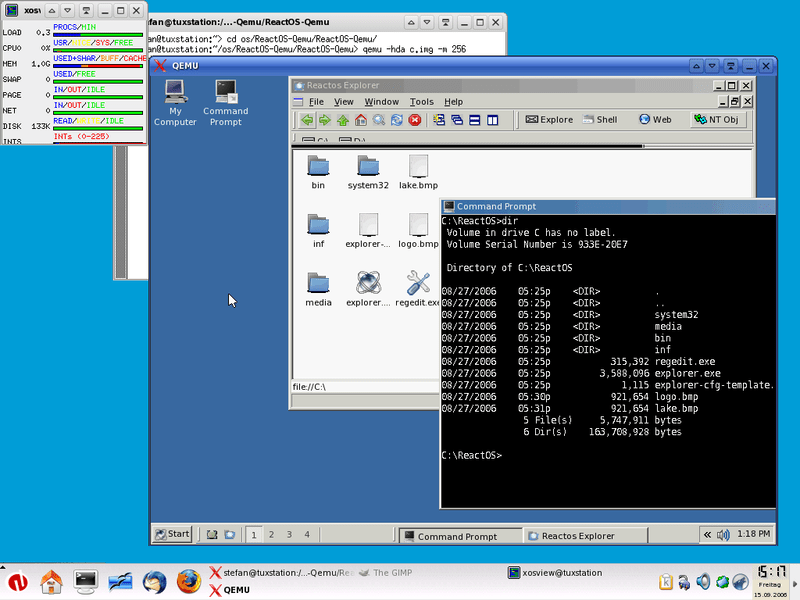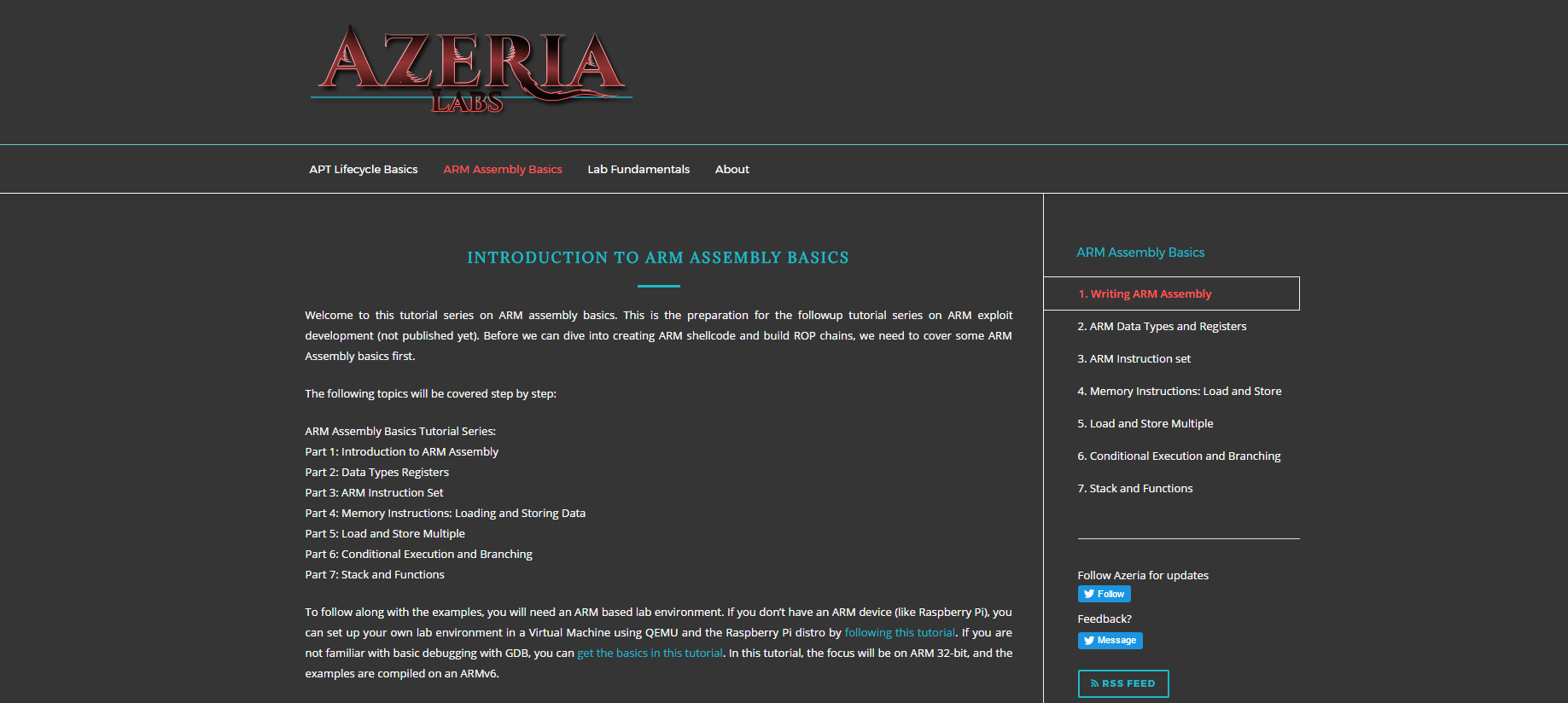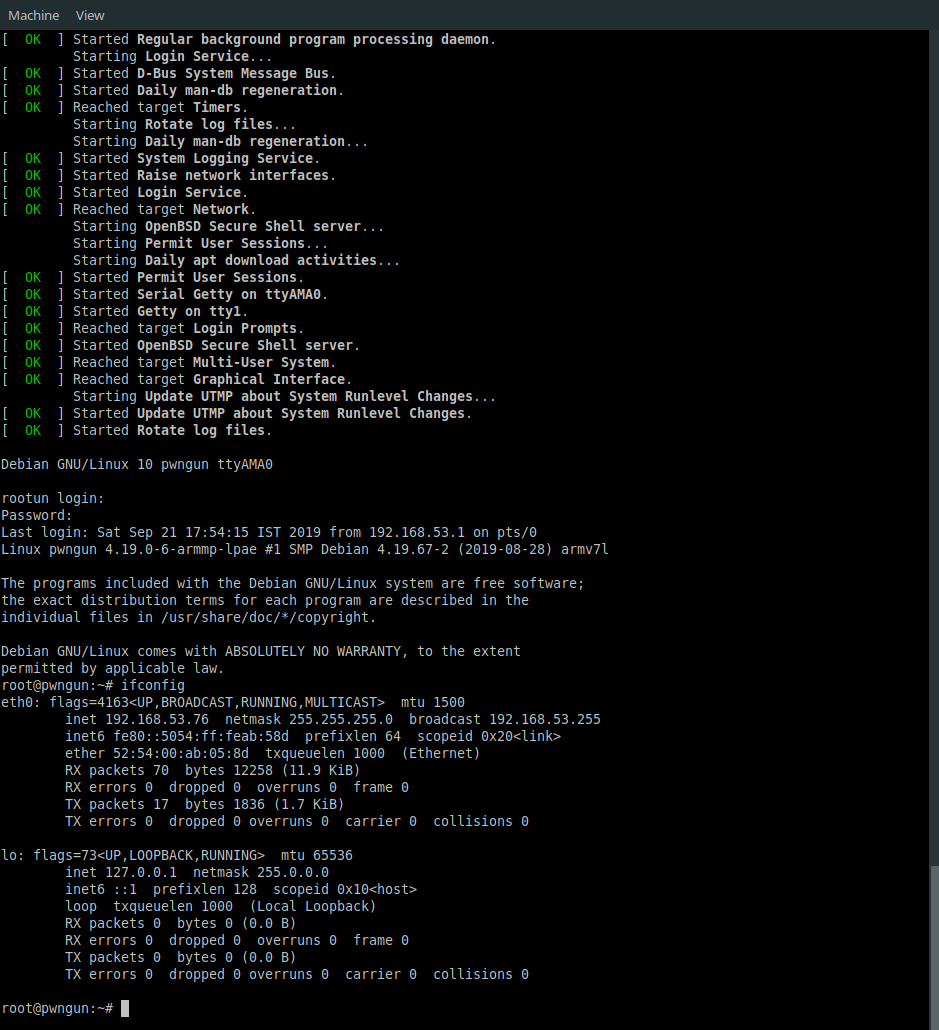



Arm Emulator Vmware Download The Android
In this example, we are using the 64-bit version of Android Oreo (the third release). Download the Android InstallerFirst, download the Android installation image. If you need to install Android on VMware Workstation to use a VM on a personal computer, you can use the algorithm explained in this blog post since it is nearly the same for both VMware ESXi and VMware Workstation. You can create an Android VMware VM on a standalone ESXi host without vCenter.
In this example, the android-x86_64-8.1-r3.iso file is uploaded to the SSD2 datastore that is connected to the ESXi host whose IP address is 10.10.10.74.Go to Hosts and Clusters in VMware vSphere Client, select the necessary ESXi host (10.10.10.74 in this case), click Actions and in the displayed menu, hit New Virtual Machine.The New Virtual Machine wizard is opened.1. Create a New Virtual MachineOpen VMware vSphere Client in a web browser, go to Storage, select a datastore connected to the ESXi host on which you plan to install the VMware Android VM, select the Files tab, and upload the installation ISO image to the selected datastore (click Upload Files and select the needed file). You can also see all available images for different architectures on the official web site of the Android project.Designed for businesses of all sizes, NAKIVO Backup & Replication offers complete data protection for all of your production workloads, including VMware vSphere Backup , Hyper-V Backup , Microsoft 365 Backup and more.
Select a compute resource. Select a datacenter and a VM folder in vCenter as a location for the VM.3. Enter a name for the new virtual machine, for example, Test-Android. Click Next to continue to the next step.2.
The higher the VM version you select, the better VM performance you get. Select the required hardware version for your Android VMware VM. If you see the compatibility checks succeeded message, go to the next step of the wizard.5. You can leave the default value for the VM storage policy. Select a datastore in which to store the configuration and disk files of the Android VMware VM. In our case, we are using the 10.10.10.74 ESXi host.4.
The guest OS version may be selected as Other 3.x or later Linux (64-bit). As Android is based on a modified Linux Kernel version, you can select Linux as the guest OS family. A selected guest operating system allows the wizard to provide the appropriate default VM settings for installing an operating system. Hence, ESXi 6.5 and later is selected as the virtual hardware version.6. The Android version that is installed on VMware ESXi in this example is compatible with ESXi 6.5 VM hardware version.
When the Android installer is loaded, on the Choose Partition screen select Create/Modify partitions and hit OK.Confirm. Then press Enter to boot.Choose Partition. Check your settings, and if everything is correct, hit OK to finish the new Android VMware VM creation.After creating a new virtual machine, power on the VM and boot from the virtual ISO image ( android-x86_64-8.1-r3.iso) you selected to use by a virtual CD/DVD drive during the Android VMware VM creation.Once the VM has booted from a virtual DVD disk, on the boot screen, select the third option with the arrow keys: Installation – Install Android-x86 to harddisk. Other settings may have default values.8. Edit the following settings for your Android VMware VM.In the New CD/DVD Drive settings, select the Datastore ISO file option in the drop-down menu, select the Android ISO installation image file ( android-x86_64-8.1-r3.iso that was uploaded to the ESXi datastore in this case), and tick the Connect At Power On checkbox. Configure hardware for the virtual machine.
After that, you will see the question: Are you sure you want to write the partition table to disk? (yes or no)Now the partition has been created. Navigate to the Write option and press Enter. Select the partition, navigate to the Bootable option, and press Enter.When the Boot flag is set for the partition, write changes to the disk. Select New to create a new disk partition.Select Primary to create a primary partition.Set all available space of the 8-GB virtual disk to be used as a partition to install Android on VMware.After creating a new partition, make the partition bootable.
Hit OK to reboot the machine.Once the Android VMware VM has been rebooted, you will see the GRUB boot menu displayed. Select Yes to confirm that you want to format the sda1 partition.Do you want to install boot loader GRUB? Hit Yes.When you see the next question ( Do you want to install /system directory as read-write?), select Yes.Congratulations! Android-x86 is installed successfully. Select ext4 as a filesystem to format the sda1 partition created during the previous step.Confirm. Select this partition and hit OK to continue.Choose filesystem.
Select the upper item as shown on the screenshot below and press e once more to edit the boot command for GRUB.Edit the string and change quiet to nomodeset xforcevesaFinally, your boot command for GRUB must be:Kernel /android-8.1-r3/kernel nomodeset xforcevesa root=/dev/ram0 androidboot.selinux=permissive SRC=/android-8.1-r3After editing the boot command, press Esc to exit back to the boot menu. You should be able to see only the command prompt.In order to fix this issue, select the first boot option and press e to edit the boot commands before booting.After that, you can see existing boot commands in the boot sequence.


 0 kommentar(er)
0 kommentar(er)
